Oral Allergy Syndrome: An Overview


Related products
What is oral allergy syndrome (OAS)?
Oral allergy syndrome (OAS), also known as pollen-food syndrome, is a type of food allergy caused by a cross-reactivity between proteins found in certain fruits, vegetables, and nuts along with those present in pollen. OAS typically manifests as mild, localized reactions affecting the mouth, lips, and throat.
Relationship between pollen allergies and OAS
OAS is strongly linked to pollen allergies—especially hay fever. Individuals with hay fever are more likely to develop OAS because the immune system reacts to similar proteins found in both pollen and certain plant-based foods. Managing seasonal allergies can help reduce the frequency and intensity of OAS symptoms. Products like Becodefence, a nasal spray designed to block pollen allergens before they trigger a reaction, may help reduce the body’s overall allergic load.
Impact of OAS on the Population
Oral allergy syndrome (OAS) is relatively common among those with pollen allergies. OAS affects approximately 50-75% of adults with hay fever. The prevalence of OAS may vary depending on regional pollen exposure and dietary habits.
Importance of understanding OAS
Understanding OAS and its relationship with pollen allergies is crucial for accurate diagnosis, appropriate treatment, and improving the quality of life for affected individuals.
What are the causes and pathophysiology of OAS?
Oral allergy syndrome (OAS) occurs due to the immune system's cross-reactivity between proteins found in pollen and those present in certain fruits, vegetables, and nuts. These proteins share similar structures, leading the immune system to mistakenly identify them as harmful.
Role of immunoglobulin E (IgE) antibodies
In individuals with OAS, the immune system produces IgE antibodies against specific pollen proteins. When these individuals consume cross-reactive foods, the IgE antibodies bind to the food proteins, triggering an allergic reaction.
Common cross-reactive allergens
The most common cross-reactive allergens involved in OAS include birch pollen, grass pollen, and ragweed pollen. Foods frequently associated with OAS include apples, cherries, peaches, kiwis, carrots, celery, and almonds, among others.
Factors influencing OAS development
The development of OAS may be influenced by factors such as the type and severity of pollen allergy, genetic predisposition, and the level of food processing or cooking, which affect protein structure and allergenicity.
What are symptoms of Oral Allergy Syndrome?
Typical symptoms of OAS
OAS symptoms are usually mild and localized to the mouth, lips, and throat. Common symptoms include: Itching or tingling in the mouth, lips, or throat. The mild symptoms caused by OAS often occurs shortly after consuming a cross-reactive food and is typically the first symptom experienced. Swelling of the lips, tongue, or throat: Mild swelling may develop in response to the allergenic proteins, causing discomfort and difficulty swallowing. Redness or mild rash around the mouth: Some individuals may experience localized redness or a rash on the skin surrounding the mouth due to contact with the allergenic food.
Less common symptoms of OAS
While most reactions are mild, some individuals may experience nausea or stomach cramps. Gastrointestinal symptoms, although less frequent, are possible and often linked to more intense sensitivities.
According to Dr. Susan Waserman, a professor of medicine at McMaster University, gastrointestinal issues may occur in certain OAS cases, adding a layer of complexity when distinguishing OAS from food intolerances. In cases like this, a deeper understanding of food-related triggers can be valuable. Tests such as the Premium Intolerance Test can offer insights into potential intolerances that might overlap or mimic OAS symptoms.
Although rare, anaphylaxis—a severe and potentially life-threatening reaction—can occur. Studies suggest that approximately 1.7% to 9.0% of individuals with OAS may experience systemic reactions, making accurate diagnosis and risk assessment essential.
Timing and duration of OAS symptoms
OAS symptoms typically develop rapidly, often within minutes of consuming a cross-reactive food. The duration of symptoms is usually short, with most individuals experiencing relief within 30 minutes to a few hours after exposure. However, the duration and severity of symptoms varies from person to person.
How to diagnosis Oral Allergy Syndrome?
Medical history and symptom assessment
Diagnosing OAS begins with a thorough medical history and symptom assessment. A board-certified allergist or immunologist evaluates the patient's history of pollen allergies and the correlation between consuming certain foods and the onset of symptoms.
Skin prick test
A skin prick test helps confirm the presence of specific IgE antibodies to pollen allergens and suspected cross-reactive foods. The allergy test involves placing a small amount of allergen extract on the skin and then pricking the skin's surface to introduce the allergen.
Blood test for allergen-specific IgE antibodies
Blood tests such as ImmunoCAP can detect allergen-specific IgE antibodies. These are often used in conjunction with skin tests for a more accurate diagnosis. A broader approach, like the Combined Allergy & Intolerance Blood Test, can help uncover both allergic and intolerance-related triggers—especially helpful if symptoms aren’t clearly linked to one source.
Oral food challenge
An oral food challenge may be performed under the supervision of an allergist to confirm the diagnosis of OAS. The OAS oral food challenge involves the gradual consumption of increasing amounts of the suspected food allergen while monitoring for adverse reactions.
Distinguishing OAS from food allergies
Distinguishing OAS from other food allergies is essential for appropriate treatment and management. An allergist considers factors such as the timing and nature of symptoms, the presence of pollen allergies, and the results of allergy tests to differentiate between OAS and other food allergies.
How to manage and treat OAS?
Avoidance of trigger foods
Avoiding trigger foods helps manage OAS. Since OAS is greatly affected by food, by being aware and avoiding the triggering foods, managing OAS is made easier.
Medications for symptom relief
Symptoms of OAS are treated with over-the-counter antihistamines, such as cetirizine, loratadine, or fexofenadine, provides relief from itching and other mild OAS symptoms. Taking an antihistamine before consuming foods known to trigger OAS symptoms is recommended by Dr. Clifford Bassett, an allergist and founder of Allergy & Asthma Care of New York. Although anaphylaxis is rare in OAS, individuals with a history of severe reactions must carry an epinephrine auto-injector (e.g., EpiPen) for emergency use.
Allergen immunotherapy (AIT) for pollen allergies
Allergen immunotherapy (AIT), such as sublingual immunotherapy (SLIT) or subcutaneous immunotherapy (SCIT), helps desensitize individuals to pollen allergens, potentially reducing OAS symptoms. Allergen immunotherapy (AIT) has been shown to improve OAS symptoms in some patients as found by a study published in the Annals of Allergy, Asthma & Immunology.
Patient education and support
Educating patients about OAS, its triggers, and effective management strategies is crucial for promoting self-care and reducing anxiety. Support groups, online forums, and allergist-guided educational programs provides valuable resources for those living with OAS.
How to live with Oral Allergy Syndrome?
Tips for managing daily life with OAS
- Learn about cross-reactive foods and develop a personalized list of trigger foods to avoid.
- Experiment with cooking or processing foods to reduce allergenicity, as heat often breaks down allergenic proteins.
- Maintain open communication with healthcare providers to ensure optimal management of OAS and related allergies.
Navigating social situations and dining out
- Inform friends, family, and restaurant staff about OAS and any dietary restrictions.
- Prepare for potential exposure to trigger foods by carrying antihistamines and an epinephrine auto-injector, if necessary.
- Develop a list of "safe" menu items and restaurants that accommodate dietary needs.
Coping with anxiety and fear
- Seek support from mental health professionals, support groups, or online forums to discuss and manage OAS-related anxiety.
- Develop coping strategies such as relaxation techniques, mindfulness exercises, or cognitive-behavioural therapy (CBT) to address anxiety and fears.
Building a support network
- Connect with others living with OAS through local support groups or online communities.
- Educate friends and family about OAS to foster understanding and support.
Conclusion
It is important to continued researching and looking into the causes, diagnosis, and treatment of OAS is essential for improving the lives of those affected by the condition.
Emerging research and ongoing clinical trials offer hope for improved treatments and management strategies for OAS in the future. Advancements in allergen immunotherapy and a better understanding of the underlying mechanisms of OAS may lead to more effective interventions and therapies.
Raising public awareness and promoting education about OAS is crucial for supporting individuals living with the condition. Increased understanding leads to better accommodations in social situations, improved access to resources, and enhanced patient support networks. Together, these factors are able to significantly improve the quality of life for individuals with OAS.






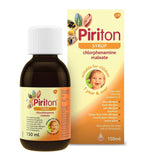

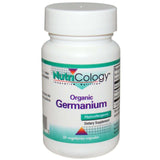
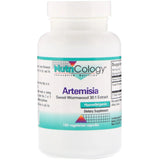












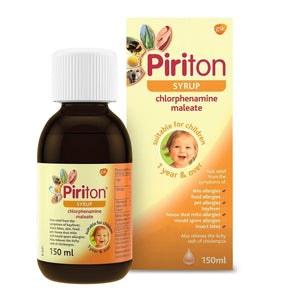


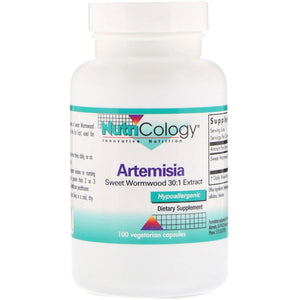
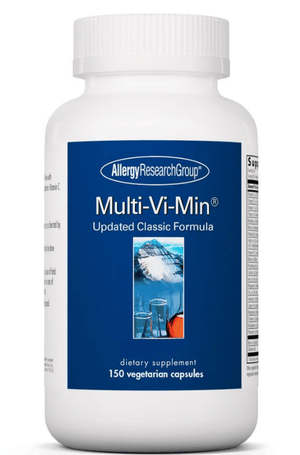




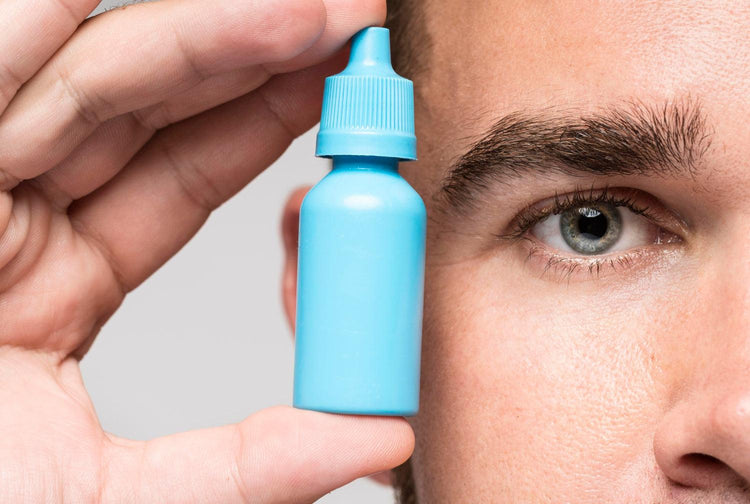


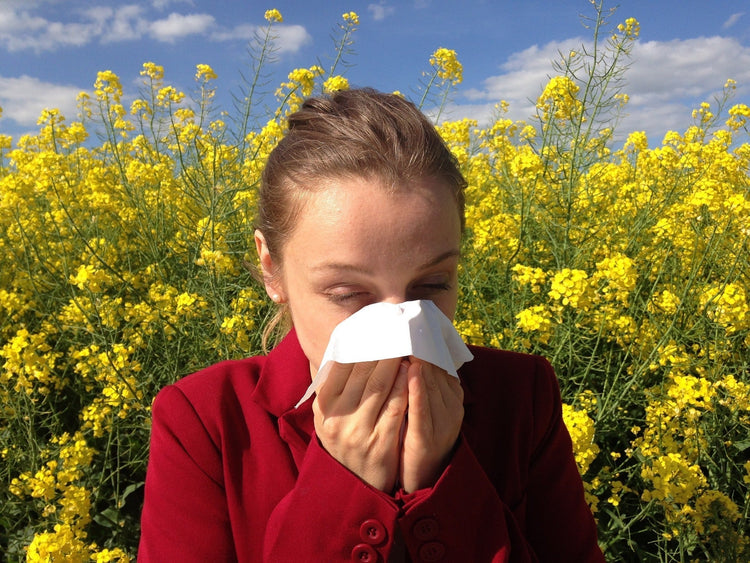
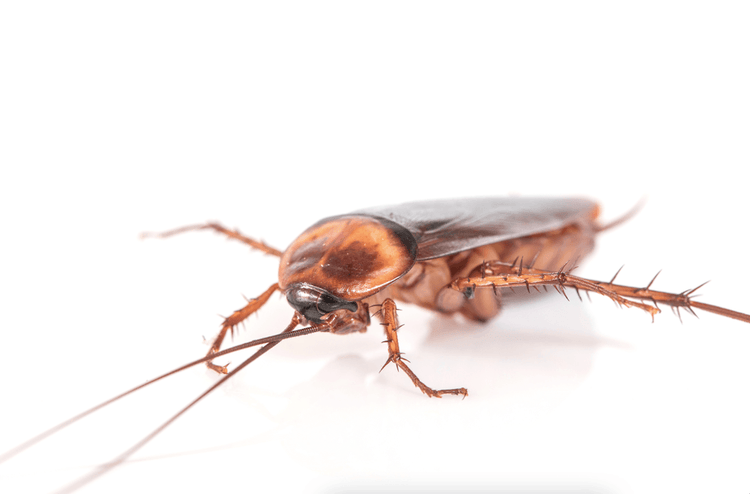
 Rated Excellent by 26,523+ Reviews
Rated Excellent by 26,523+ Reviews